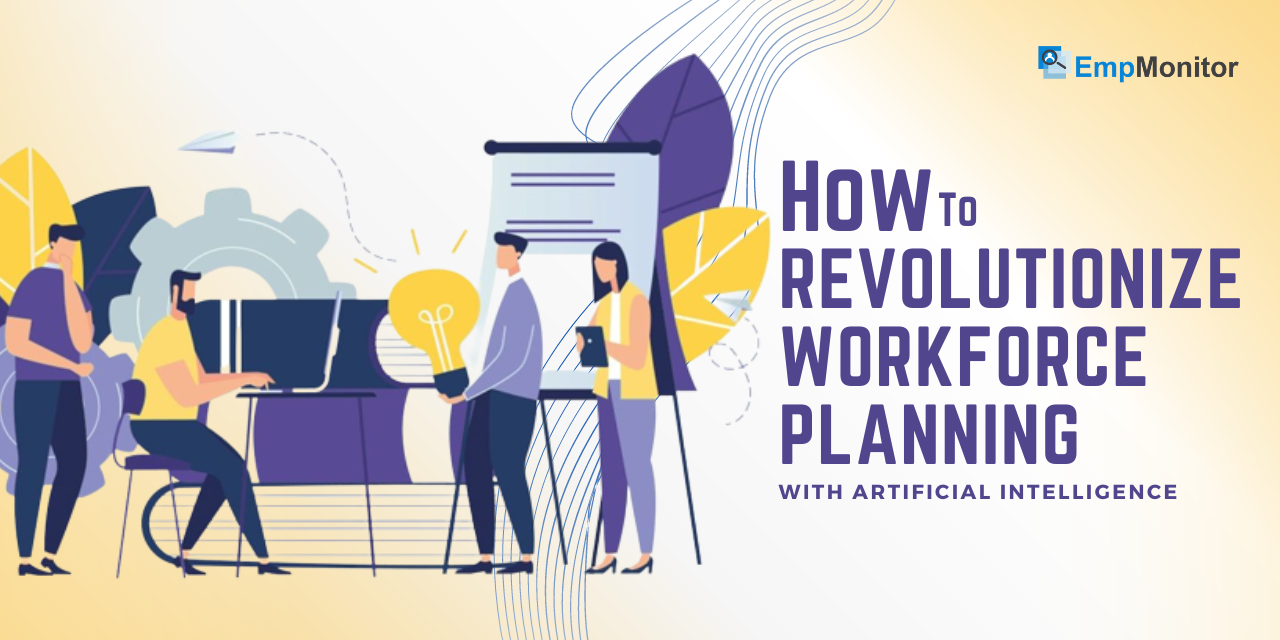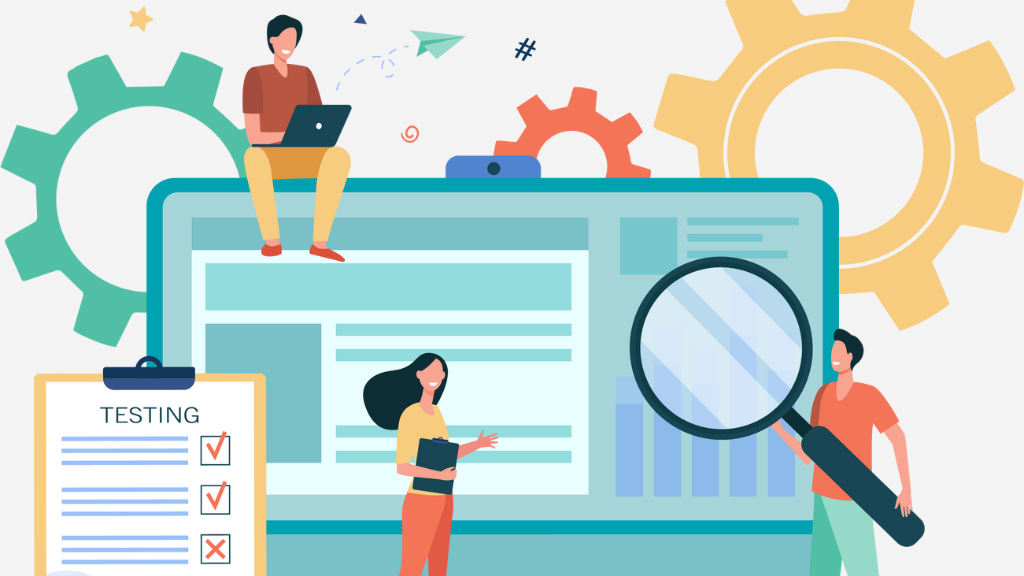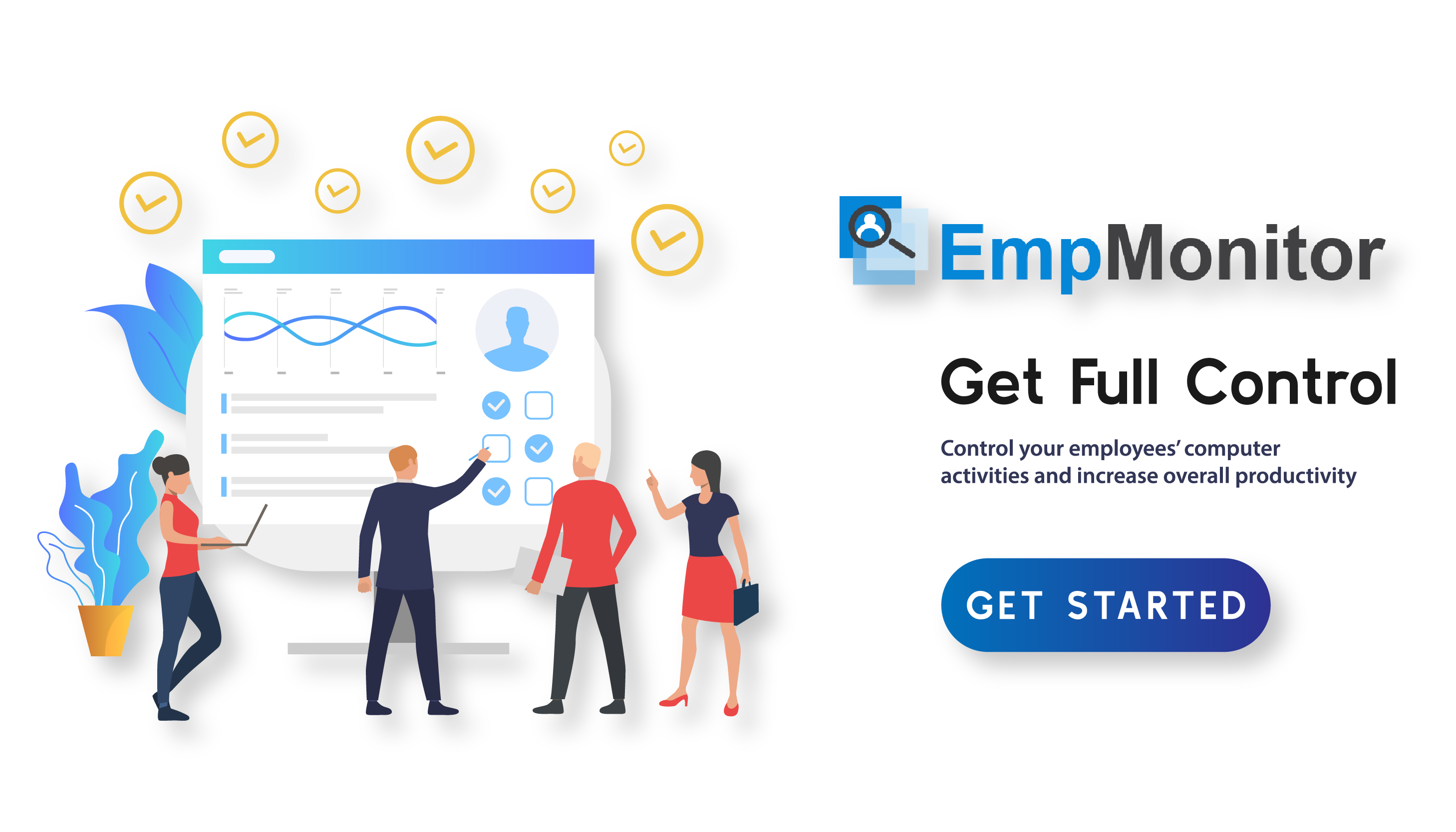Workforce planning is a vital part of any organization’s strategy, as it helps ensure that the right people are in the right place at the right time. However, traditional workforce planning methods can be time-consuming and often result in inaccurate predictions. This is where Artificial Intelligence (AI) and Machine Learning (ML) come in to revolutionize workforce planning software processes.
AI and ML can analyze vast amounts of data and identify patterns that are difficult for humans to detect. It means that companies can make informed decisions about their workforce, including staffing levels, skill requirements, and workforce development. Using AI and ML, workforce planning can also automate repetitive tasks, freeing time for human planners to focus on more strategic initiatives.
With AI-powered software, organizations can track trends and identify areas where they may be over or understaffed. This information is used to adjust staffing levels in real time, reducing the risk of understaffing and improving overall workforce satisfaction.
TAP ON THE PLAY BUTTON TO LISTEN TO THE PODCAST:
What Is Workforce Planning Software?
Workforce planning software is a technology that helps organizations plan and manage their human resources. It involves forecasting future labor needs and ensuring that the right talent with the right skills is in place at the right time. Some of the features of workforce management include employee time tracking, succession planning, and performance tracking.
This software can improve your organization’s talent management, increase efficiency, and enhance overall organizational agility. Implementing workforce planning can also help reduce labor costs and better decision-making. With its many benefits, workforce planning is becoming an increasingly important tool for HR departments.
Best Workforce Planning Software Practices:
Using workforce management software effectively requires following best practices that help organizations get the most out of their investment. Here are some of the best practices for using workforce planning software:
- Define clear goals and objectives: Before implementing workforce planning, it is vital to understand what the organization wants to achieve with the technology. It will help determine the specific features and capabilities required from the software.
- Involve key stakeholders: Workforce planning should be implemented with the involvement of stakeholders such as HR, finance, and operations. Involving stakeholders will ensure that everyone has knowledge of the software’s capabilities and how it can be used.
- Use accurate data: The success of workforce planning tools depends on the quality and accuracy of the data being used. It’s important to regularly update data such as employee skills, competencies, and certifications.
- Regularly review and adjust: Workforce planning should be reviewed regularly to assess its effectiveness and make any necessary adjustments. It will help organizations keep up with changes in the workforce and maintain accurate forecasting.
- Foster a culture of continuous improvement: Encourage employees to perform their best and seek new training opportunities. This will ensure that the organization’s talent pool remains strong and capable of meeting future needs.
- Monitor and evaluate performance: Regularly monitor your employees’ performance via workforce management software and evaluate its impact on the organization. It will help identify areas for improvement and ensure that the software remains effective.
- Communicate and collaborate: Effective communication and collaboration between departments are essential for a successful workforce planning implementation. Ensure that all stakeholders are on the same page and that there is a clear understanding of roles and responsibilities.
The above best practices can help organizations effectively use workforce planning tools to achieve their goals.
EmpMonitor is a workforce planning software designed to help organizations manage their human resources more effectively. It offers a range of features for workforce planning, employee scheduling, and real-time tracking.
With its user-friendly interface and intuitive design, EmpMonitor makes it easy for organizations to plan their workforce and manage their operations more efficiently. Whether you are a small business or a large enterprise, EmpMonitor provides the tools you need to optimize your workforce and achieve your goals.
Common Challenges In Implementing Workforce Planning Software and How to Overcome Them:
Implementing workforce planning tools can present several challenges, but with proper planning and a commitment to continuous improvement. Here are some common challenges and strategies for overcoming them:
- Data quality and accuracy: Workforce planning software relies heavily on accurate data, and a lack of quality data can lead to unreliable results. To overcome this challenge, an organization should invest in data management systems and regularly review and update its data.
- Resistance to change: Some employees may resist the implementation of new technology and may be hesitant to adopt new processes and procedures. To overcome this challenge, organizations should communicate the benefits of the software, provide training and support, and involve employees in the implementation process.
- Integration with existing systems: Workforce planning may need to integrate with other management systems, such as payroll and time and attendance systems. It can be challenging, but you can overcome it by selecting software that integrates easily with existing systems and working with an experienced implementation team.
- Cost: Workforce management software can be expensive, and organizations may need to allocate significant resources for implementation and ongoing maintenance. To minimize cost, companies should research and compare different software options and negotiate favorable terms with vendors.
- Lack of expertise: Organizations may not have the expertise of effective implementation and use workforce planning solutions. To overcome the challenge companies should seek external consulting or training services and consider partnering with an experienced vendor.
Influence of AI and Machine Learning on Workforce Planning Solutions:
Artificial intelligence and machine learning are having a significant impact on workforce planning. Here are some of the ways AI and ML are transforming the field:
Automated demand forecasting: AI can analyze data from multiple sources to accurately forecast future labor demand, reducing the need for manual forecasting and improving accuracy.
Performance tracking: Artificial intelligence can automate performance tracking and analysis, providing organizations with more accurate and objective data on employee performance.
Succession planning: AI and ML can help organizations identify high-potential employees and map out career paths, improving succession planning and talent management.
Predictive analytics: Artificial intelligence and machine learning can analyze data from multiple sources to make predictions about future workforce trends and requirements, enabling organizations to make informed decisions about their workforce.
As technology continues to evolve, Artificial intelligence and Machine Learning will likely play an increasingly important role in the future of workforce planning.
Benefits of Using Workforce Planning Software:
Workforce planning solutions offer several benefits to organizations, making them an essential tool for managing the workforce. Some benefits include improved accuracy, increased efficiency, better decision-making, and cost savings.
With workforce planning, organizations can analyze vast amounts of data, making predictions about staffing levels, skill requirements, and workforce development. This information helps organizations make informed decisions about their workforce, reducing the risk of over under-staffing.
In addition, workforce management software can automate repetitive tasks, freeing time for human planners to focus on more strategic initiatives. It can also lead to cost savings, as organizations can reduce their reliance on manual labor.
Finally, workforce planning tools provide real-time insights, allowing organizations to track trends and identify areas where they may be over or understaffed. This information helps organizations make data-driven decisions, improving the overall satisfaction of their workforce.
Read Blogs:
THE SUCCESSFUL WORKFORCE MANAGEMENT TOOL TO SUPPORT FLEXIBLE WORK HOURS
EMPLOYEE BURNOUT: 7 TIPS TO DEAL WITH EFFECTIVE WORKFORCE MANAGEMENT SOLUTIONS
WORKFORCE MANAGEMENT SOLUTIONS: EVERYTHING YOU NEED TO KNOW
In Conclusion:
Revolutionizing workforce planning software with Artificial intelligence and Machine learning can improve the accuracy and efficiency of the planning process. Moreover, providing real-time insights reduces the risk of over or under-staffing and automating repetitive tasks. Organizations can focus on more strategic initiatives and improve overall workforce satisfaction.













